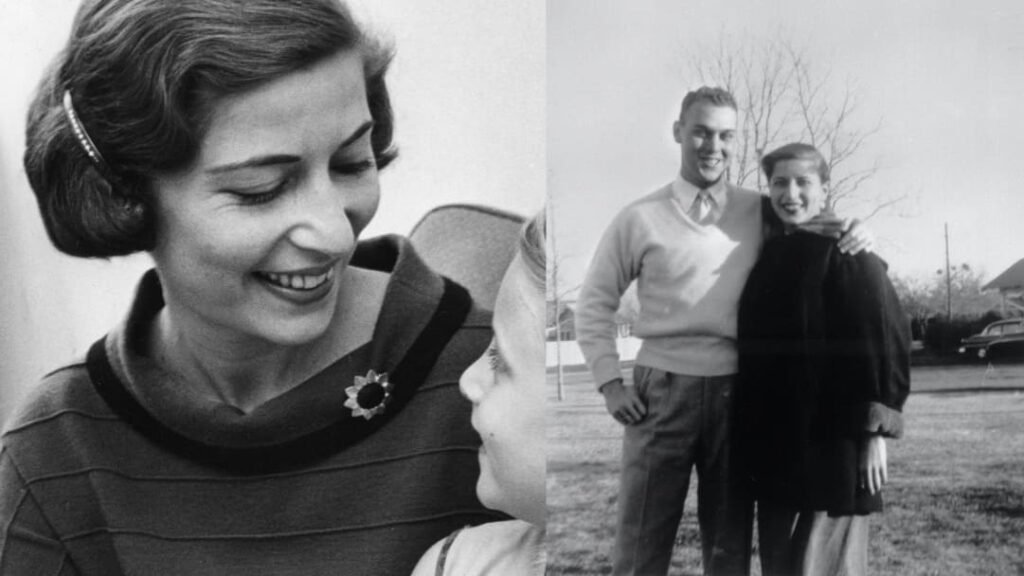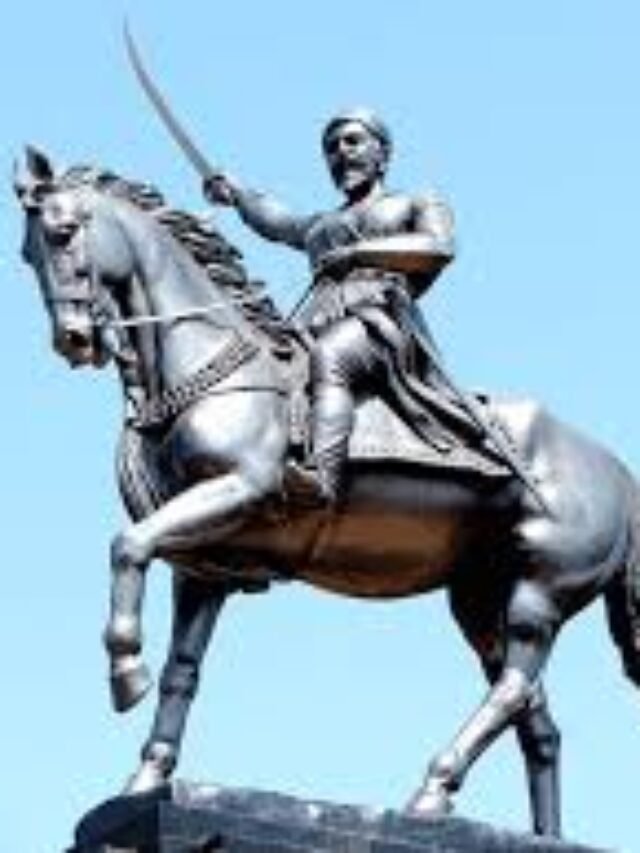Ruth Bader Ginsburg, the quiet yet tenacious champion of gender equality, passed away at the age of 87, leaving behind a legacy that transcends generations. Her remarkable journey from being an advocate for women’s rights in the 1970s to serving 27 years on the United States Supreme Court has cemented her status as a legal, cultural, and feminist icon.
This article delves into the life and impact of Justice Ginsburg, exploring her tireless pursuit of justice, her groundbreaking legal battles, and her enduring influence on American society.
The Passing of a Legal Luminary
On a fateful day, Justice Ruth Bader Ginsburg’s passing was announced by the Supreme Court. At the age of 87, she succumbed to complications from metastatic pancreatic cancer, leaving behind a profound void in the world of American jurisprudence. In the wake of her death, Chief Justice John Roberts aptly expressed the nation’s loss, saying, “Our nation has lost a justice of historic stature.”
Ruth Bader Ginsburg was more than a jurist; she was a pioneer, an architect of the fight for women’s rights in the 1970s, and ultimately, the most prominent member of the United States Supreme Court. Her legacy is not only one of legal acumen but also a testament to her unwavering dedication to gender equality and justice for all.
A Lifetime of Advocacy: From Gender Equality Crusader to Supreme Court Justice
Ruth Bader Ginsburg’s life was characterized by a relentless commitment to advocating for gender equality. Born and raised in Brooklyn, she attended public schools, excelling both as a student and as a baton twirler. Her early years were marked by the influence of her mother, Celia Bader, who tragically passed away from cancer just before Ruth graduated from high school.
Her path to Cornell University, where she met her future husband, Martin Ginsburg, marked the beginning of a partnership that would shape her life and career. Ruth’s determination and intelligence stood out at Cornell, and her bond with Martin was solidified by his appreciation for her intellect.
Following their marriage, they embarked on a journey that included military service in Fort Sill, Oklahoma, where Ruth faced gender discrimination in the workplace.

Despite these early challenges, the Ginsburgs returned to the East Coast, both attending Harvard Law School, where Ruth was one of only nine women in a class of over 500 students. The sexism she encountered, including questions about why she was occupying a place “that should go to a man,” did not deter her. She persevered, graduating at the top of her class when she transferred to Columbia Law School.
After completing her legal education, Ginsburg faced numerous obstacles when attempting to enter the legal profession. Gender bias and societal norms closed the doors to law firms for women like her. Even when recommended for a Supreme Court clerkship, she was not interviewed, partly due to concerns that her familial obligations as a mother would interfere with her work.
Her entry into the legal world finally came through a mentor, law professor Gerald Gunther, who secured her a clerkship with Judge Edmund Palmieri in New York. Ginsburg’s exceptional performance during this clerkship led to its extension beyond the usual one-year term, a testament to her legal prowess.
Championing Gender Equality Through the Courts
Ruth Bader Ginsburg’s journey to become a Supreme Court justice was marked by her relentless fight against gender discrimination through strategic legal battles. Her initial foray into challenging gender-based discrimination involved the case of Charles Moritz, a Colorado man denied a tax deduction for the care of his elderly mother.
The IRS contended that the deduction was exclusively for women, widowed, or divorced men, effectively excluding Moritz. Ruth and Martin Ginsburg, a tax lawyer, took on the case, ultimately persuading the courts to apply the law equally to both sexes.
This early victory set the stage for Ginsburg’s career as a formidable advocate for gender equality. In 1971, she wrote her first Supreme Court brief in the case of Reed v. Reed, representing Sally Reed, a mother who sought to be the executor of her son’s estate instead of her ex-husband. The case raised the constitutional question of whether a state could automatically prefer men over women as executors of estates.
The Supreme Court’s decision, which favored Sally Reed, marked a historic moment as it was the first time the Court struck down a state law for gender-based discrimination.
As she continued her legal career, Ruth Bader Ginsburg founded the Women’s Rights Project at the American Civil Liberties Union (ACLU), becoming its chief architect. Her approach was characterized by meticulous planning, choosing male plaintiffs to appeal to establishment-oriented judges, and focusing on cases that illustrated how gender discrimination harmed both women and men.
Ginsburg believed that the 14th Amendment’s equal protection clause, which prohibited any state from denying “any person” equal protection under the law, applied to women as well as men. This legal theory became her foundation for numerous legal battles.
Over the years, she filed dozens of briefs advocating for gender equality, gradually persuading the courts that the Constitution protected women from discrimination.
A Seat on the Supreme Court: A Pinnacle Achievement
In 1980, President Jimmy Carter appointed Ruth Bader Ginsburg to the U.S. Court of Appeals for the District of Columbia Circuit, setting the stage for her ascent to the highest court in the land. Over the next 13 years, she developed a reputation as a centrist liberal, earning respect for her measured approach to the law.
In 1993, President Bill Clinton nominated Ginsburg to the United States Supreme Court, making her the second woman to ever hold this prestigious position. However, her nomination was not without its challenges. Women’s rights activists were initially hesitant to support her, fearing that her views on abortion might not align with their goals.
Despite this, Ginsburg’s intellect and dedication won over both President Clinton and the Senate, resulting in her confirmation by a resounding vote of 96-3.
As a Supreme Court justice, Ruth Bader Ginsburg made history once again, this time as part of a select group of women who had achieved the highest levels of legal authority. Her tenure on the Court was marked by a combination of thoughtful centrism and passionate advocacy for gender equality.
Dissent and Advocacy: Ginsburg’s Voice on the Supreme Court
Throughout her years on the Supreme Court, Ruth Bader Ginsburg displayed a unique ability to bridge ideological divides. She maintained a close friendship with the Court’s conservative icon, Justice Antonin Scalia, despite their differing views. Their camaraderie was so unique that it even inspired an opera called “Scalia/Ginsburg.”
Ginsburg’s role on the Court evolved over time. In 2006, as the Court shifted right following the retirement of Justice Sandra Day O’Connor, Ginsburg became more assertive in her dissents. Many of her most passionate dissents focused on cases related to women’s rights, such as the Burwell v. Hobby Lobby decision in 2014.
In that case, the Court ruled in favor of allowing some for-profit companies to refuse to cover birth control in their employees’ healthcare plans on religious grounds. Ginsburg vociferously argued that such an exemption would deny women access to contraceptive coverage and raised the question of where the line would be drawn if employers could cite religious beliefs to avoid other legal obligations, such as paying minimum wage or ensuring equal pay.
Another pivotal moment came in 2013 when the Court struck down a key provision of the Voting Rights Act. Ginsburg’s passionate dissent voiced her concern about discarding a crucial safeguard against voting discrimination, stating that doing so was akin to “throwing away your umbrella in a rainstorm because you are not getting wet.” Her dissents, she believed, were an opportunity to persuade future courts.
Despite her firm stances in dissents, Ginsburg managed to garner support from one or two conservative justices in several critical cases. In 2015, she authored the Court’s decision upholding independent redistricting commissions established through voter referenda, aiming to reduce partisan gerrymandering.
A Legacy of Perseverance: The Notorious RBG
Ruth Bader Ginsburg’s career was characterized by relentless dedication, both inside and outside the courtroom. Even as she faced significant health challenges, including multiple bouts of cancer, she maintained a backbreaking schedule of public appearances, both domestically and internationally. Her enduring commitment to her work and the causes she believed in made her a symbol of resilience.
Ginsburg’s enduring influence extended beyond the legal realm. She became a cultural icon, affectionately known as the “Notorious RBG,” a moniker inspired by the famous rapper Notorious B.I.G. Her story was the subject of a hit documentary, a biographical film, an operetta, and various merchandise. She graced the cover of Time magazine and even made appearances on Saturday Night Live.
Her fame occasionally led her into the political arena, most notably in 2016 when she publicly apologized for disparaging remarks about then-presidential candidate Donald Trump. Despite the occasional controversy, Ginsburg handled her celebrity with humor and grace.
The Personal Side of Ruth Bader Ginsburg
Beyond her legal accomplishments and public persona, Ruth Bader Ginsburg had a personal side that endeared her to those who knew her well. She was an avid consumer of opera, literature, and modern art. At home, her husband, Martin Ginsburg, a renowned chef, took the lead in the kitchen, while the justice humorously acknowledged her own lack of culinary skills.

The strength of Ruth Bader Ginsburg’s character shone through during challenging moments in her life. When her son encountered minor issues in school, she pushed back against school administrators who frequently called her, insisting that her husband be included in such discussions. This assertiveness led to a decrease in calls, as infractions deemed unworthy of involving a busy husband were no longer reported.
One of the most touching moments in Ginsburg’s life came during her husband’s final days. As Martin Ginsburg was nearing the end of his life, Ruth found a heartfelt note he had written to her, expressing his profound love and admiration. The note, beginning with “My Dearest Ruth,” revealed his unwavering support for her. Shortly after, Martin passed away, but Ruth remained dedicated to her work, returning to the bench just one day later, as it was what her husband would have wanted.
The Enduring Legacy of Ruth Bader Ginsburg
Ruth Bader Ginsburg’s passing leaves an indelible mark on American history. Her lifelong commitment to justice, equality, and the rights of women reshaped the legal landscape and inspired countless individuals to advocate for a more equitable society. Her journey from a pioneering advocate for gender equality to becoming the second woman ever appointed to the United States Supreme Court is a testament to her resilience, intelligence, and unwavering dedication.
As the nation mourns the loss of this legal luminary, Ginsburg’s influence endures in the decisions she authored, the dissents she passionately articulated, and the countless lives she touched. Her legacy continues to inspire future generations to pursue justice, uphold the principles of equality, and work toward a more inclusive society.
In a world marked by division and discord, Ruth Bader Ginsburg’s life and work remind us of the power of dedication, the importance of perseverance, and the enduring impact of those who dare to challenge the status quo in the pursuit of justice and equality for all.

























